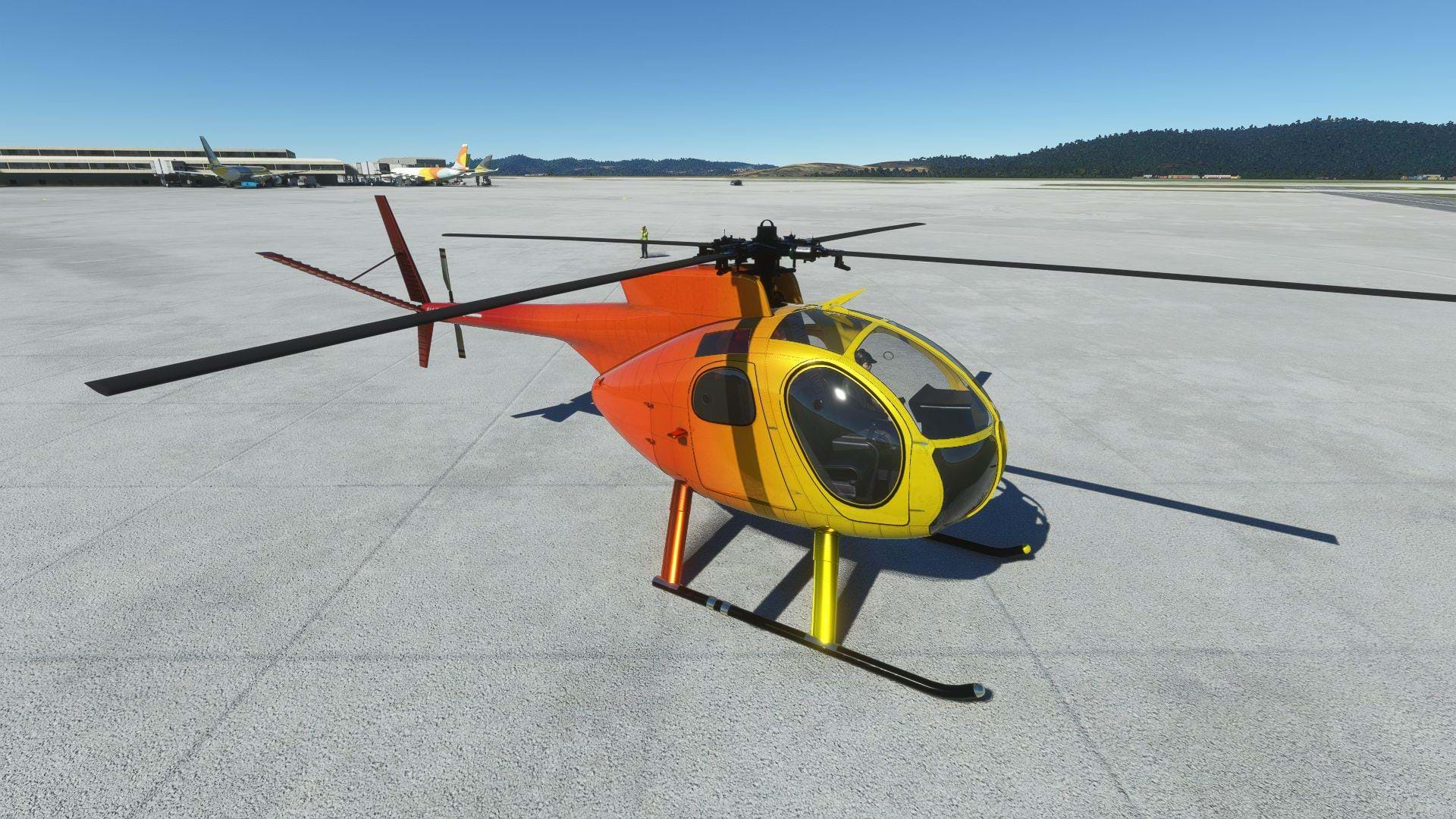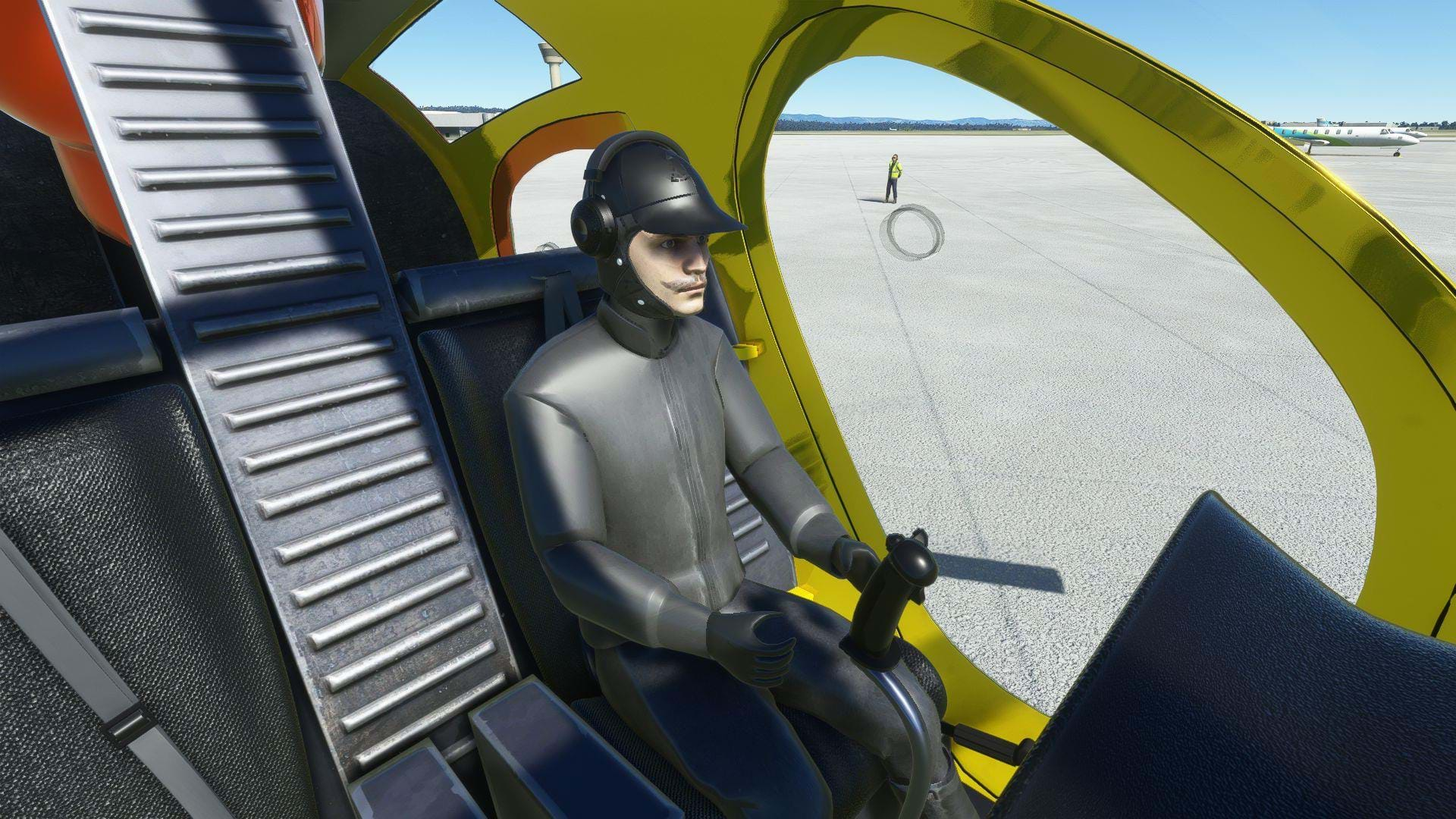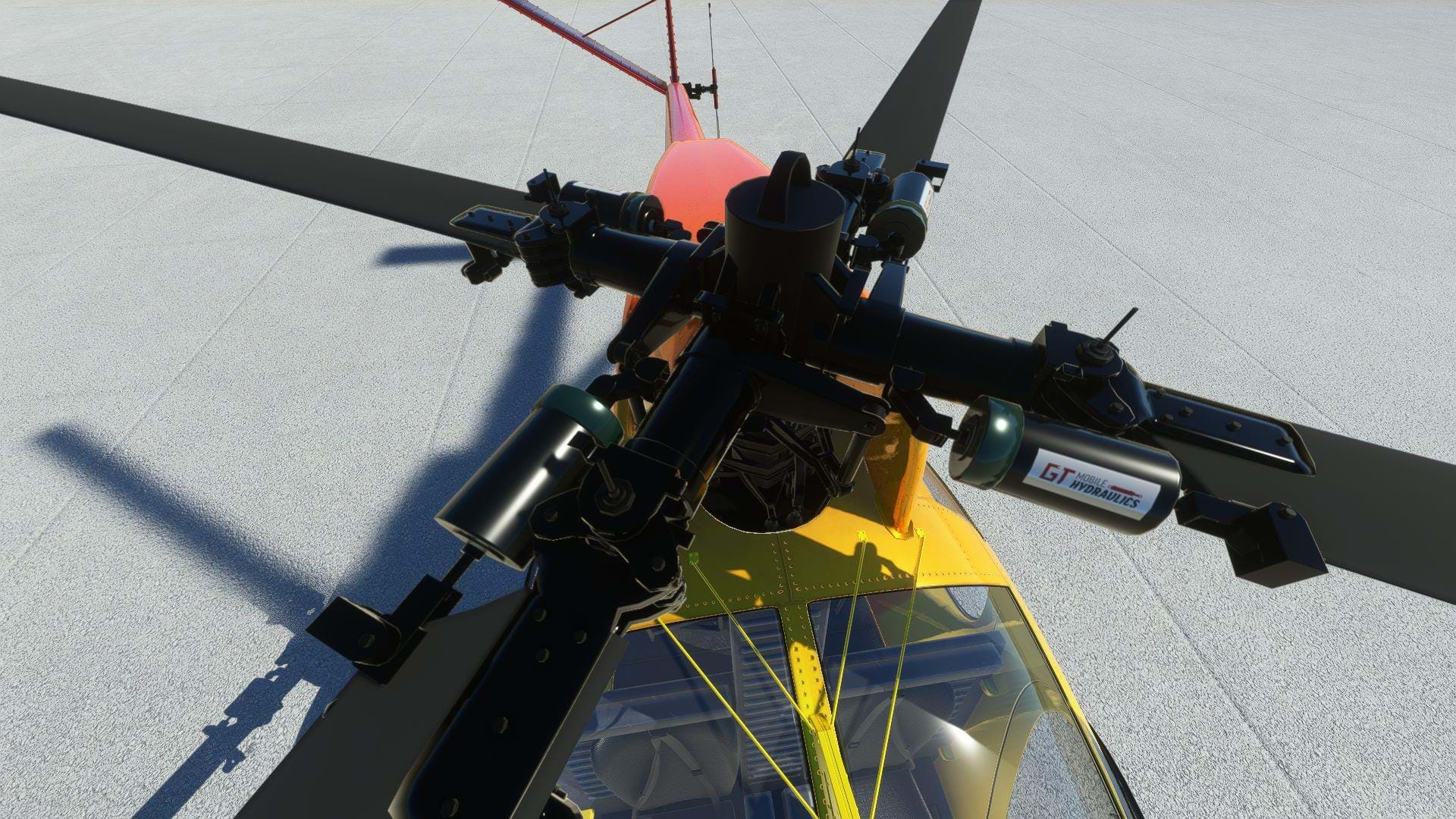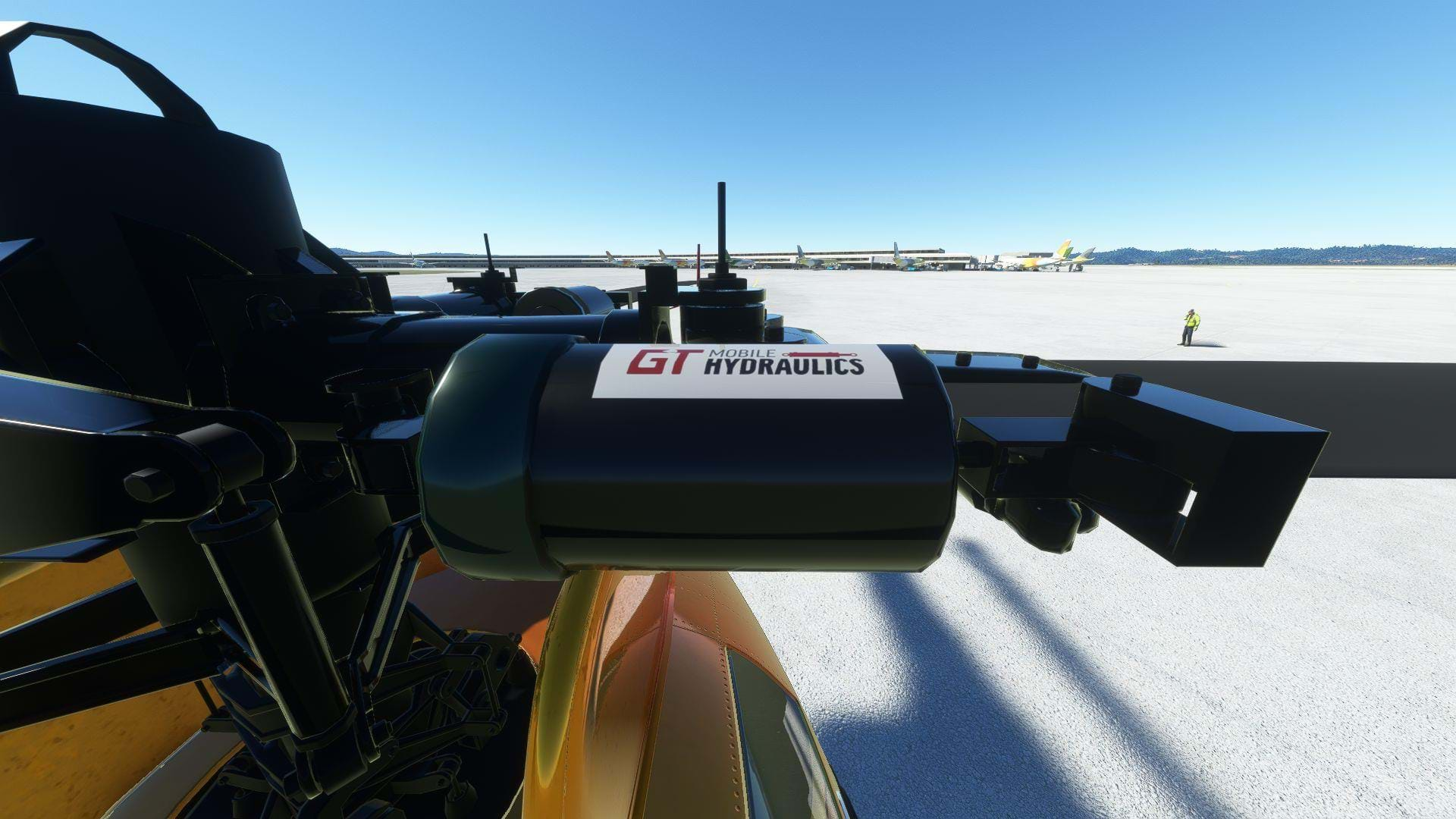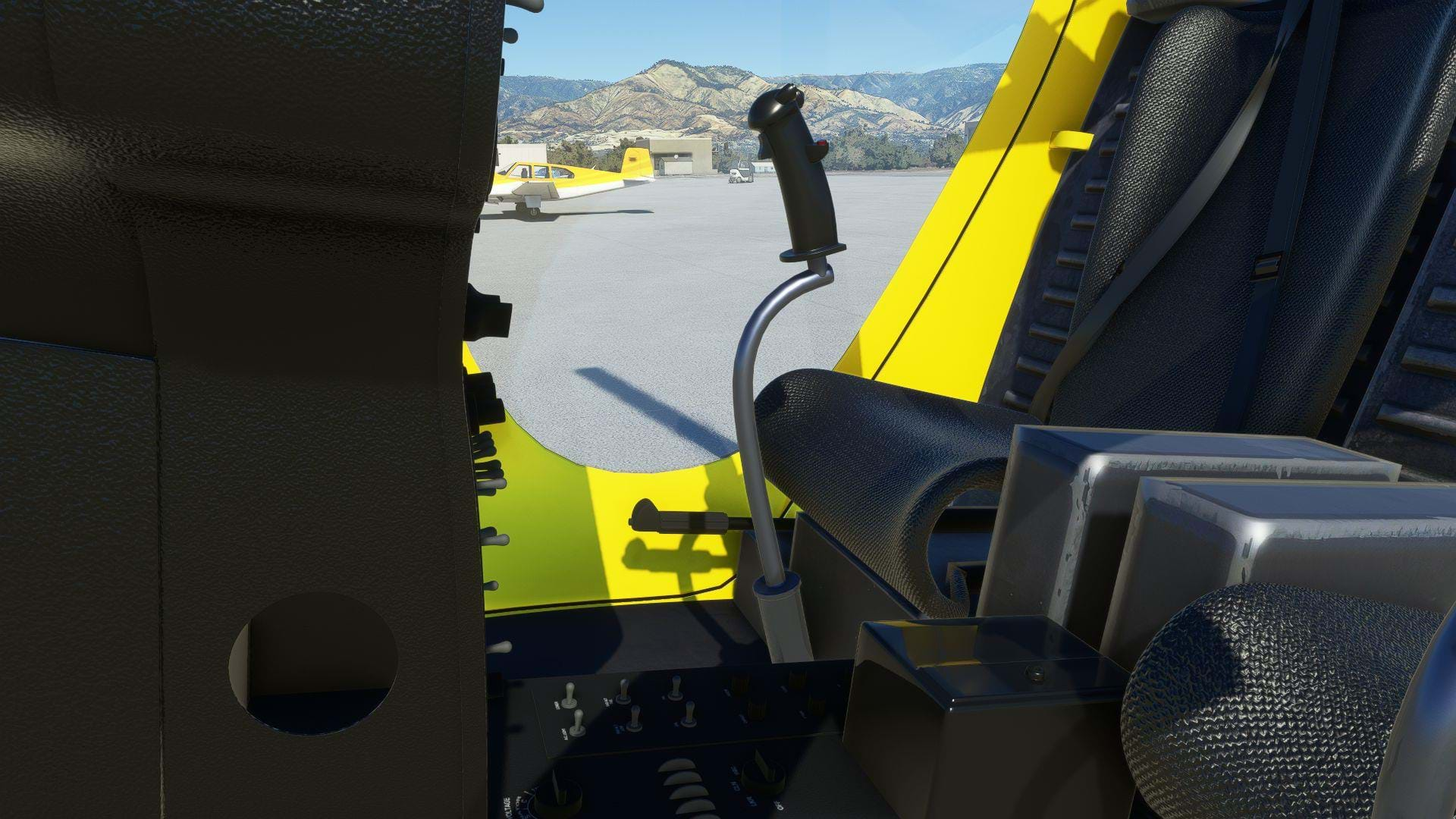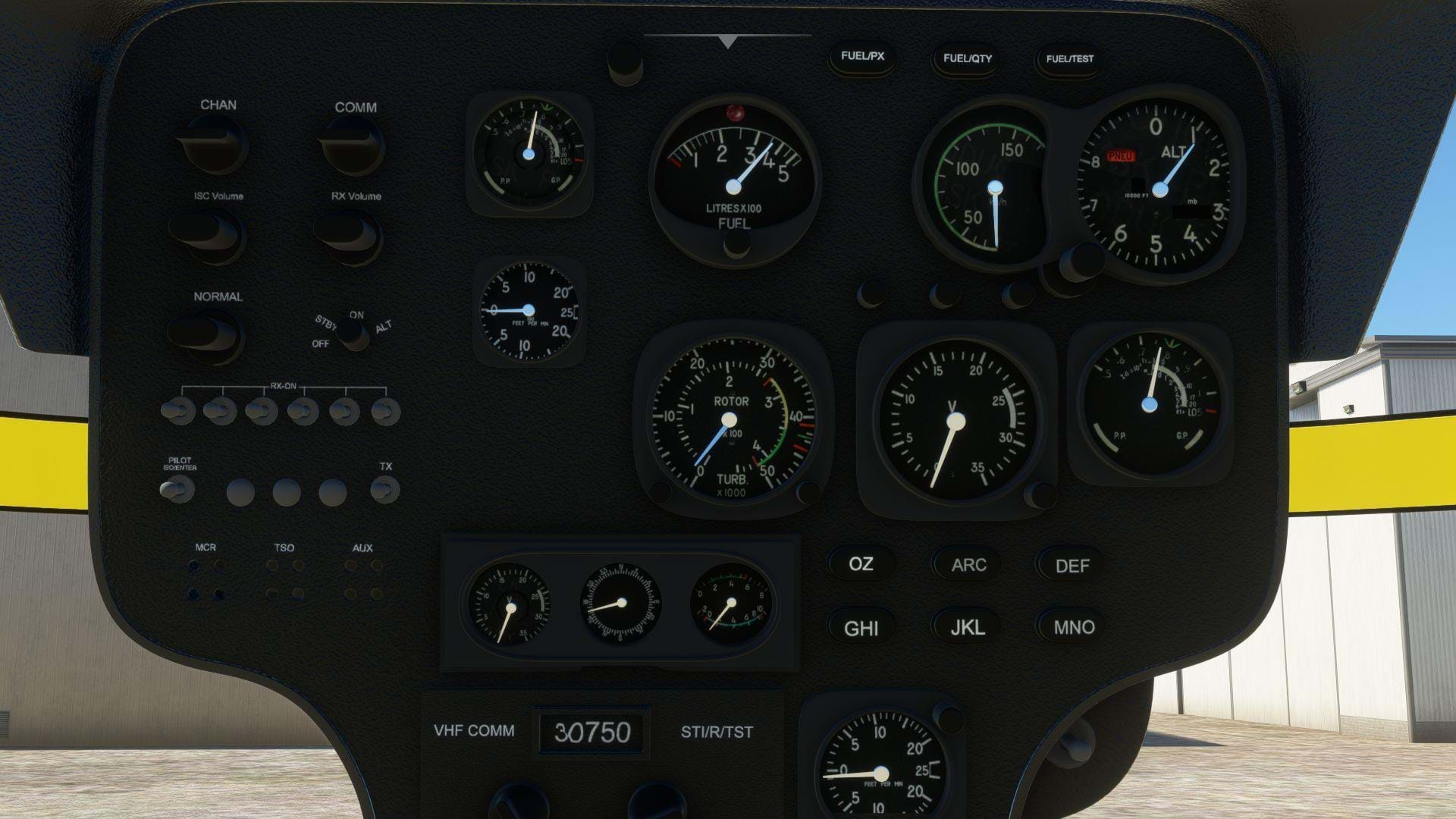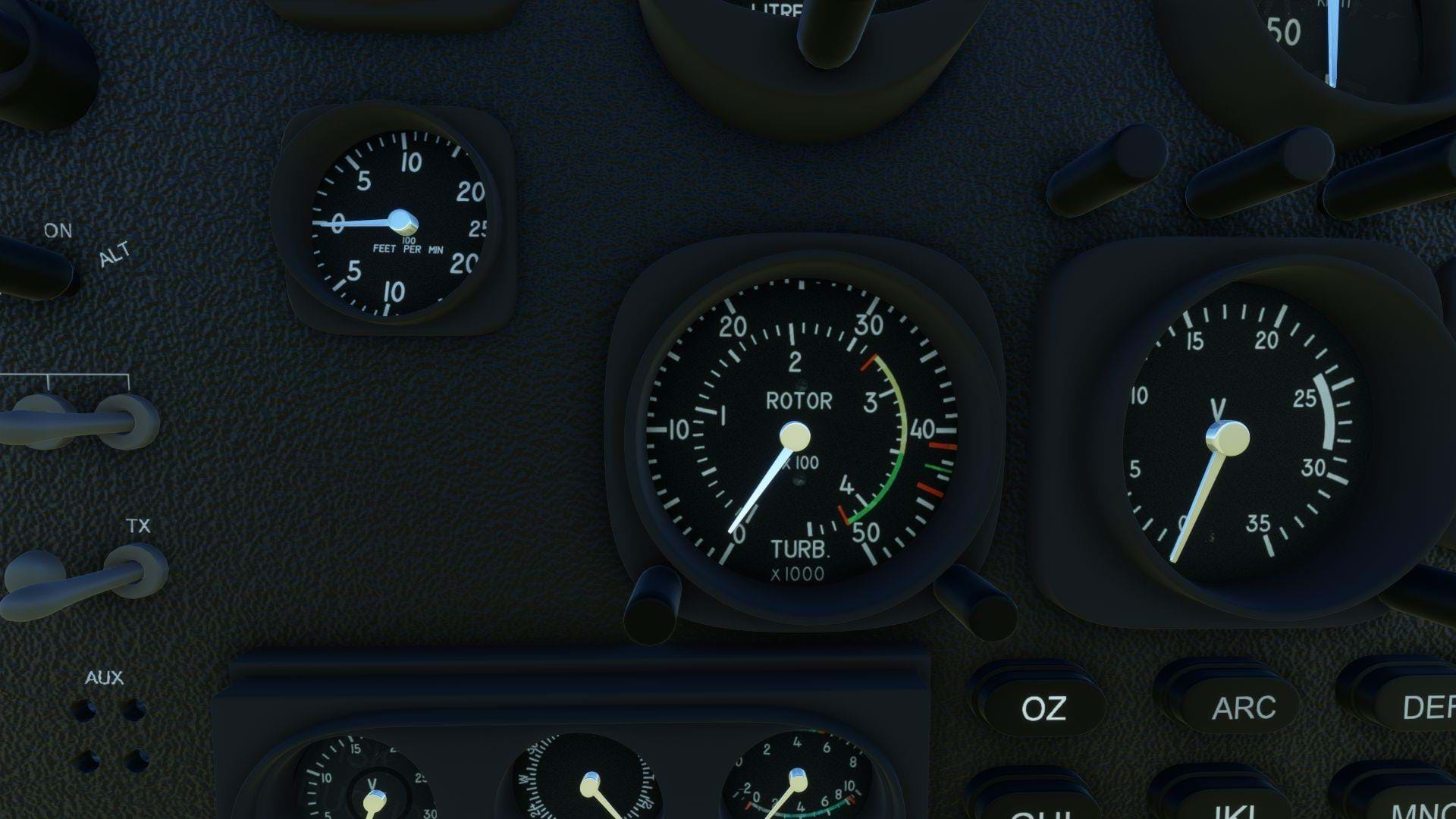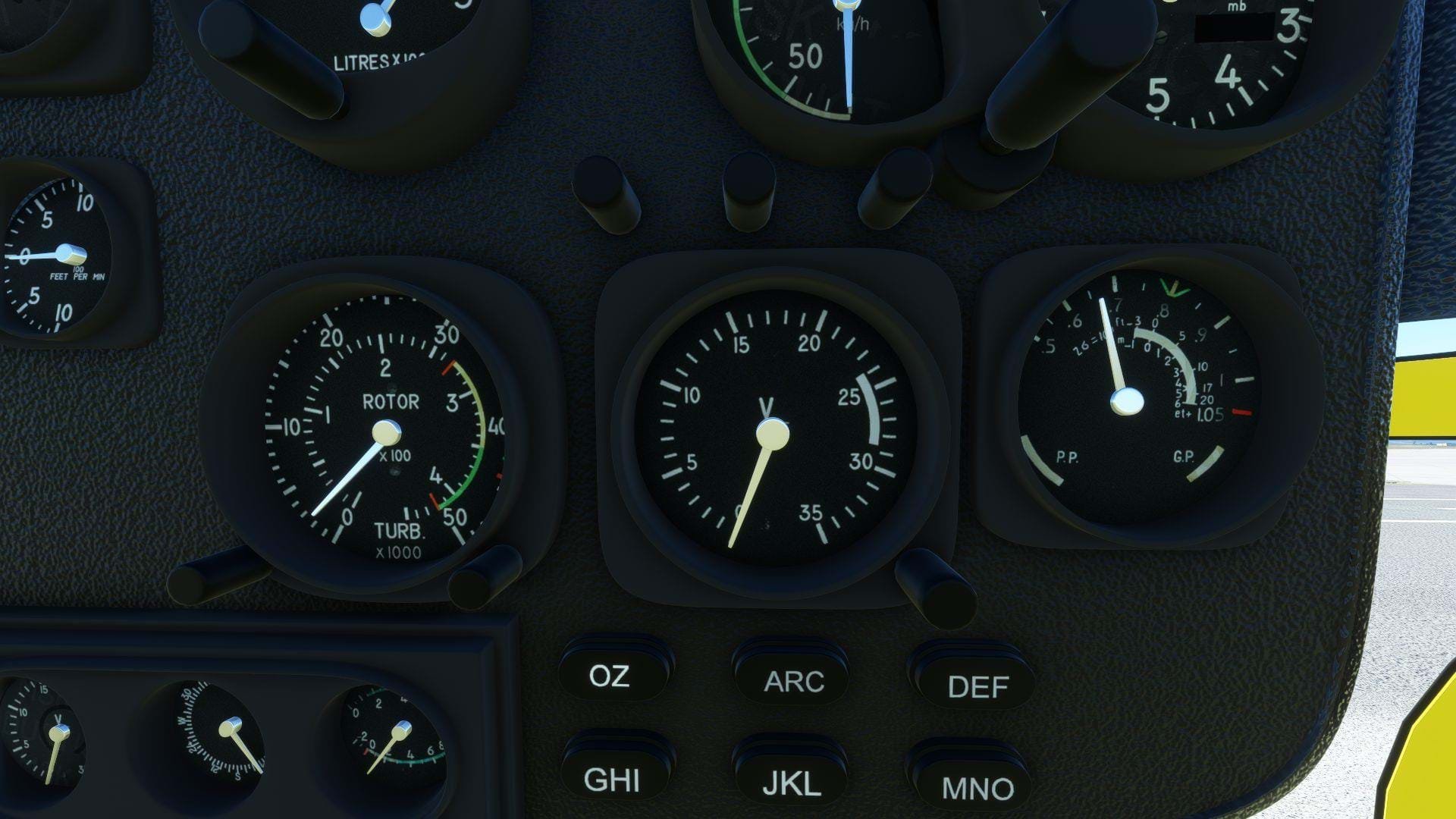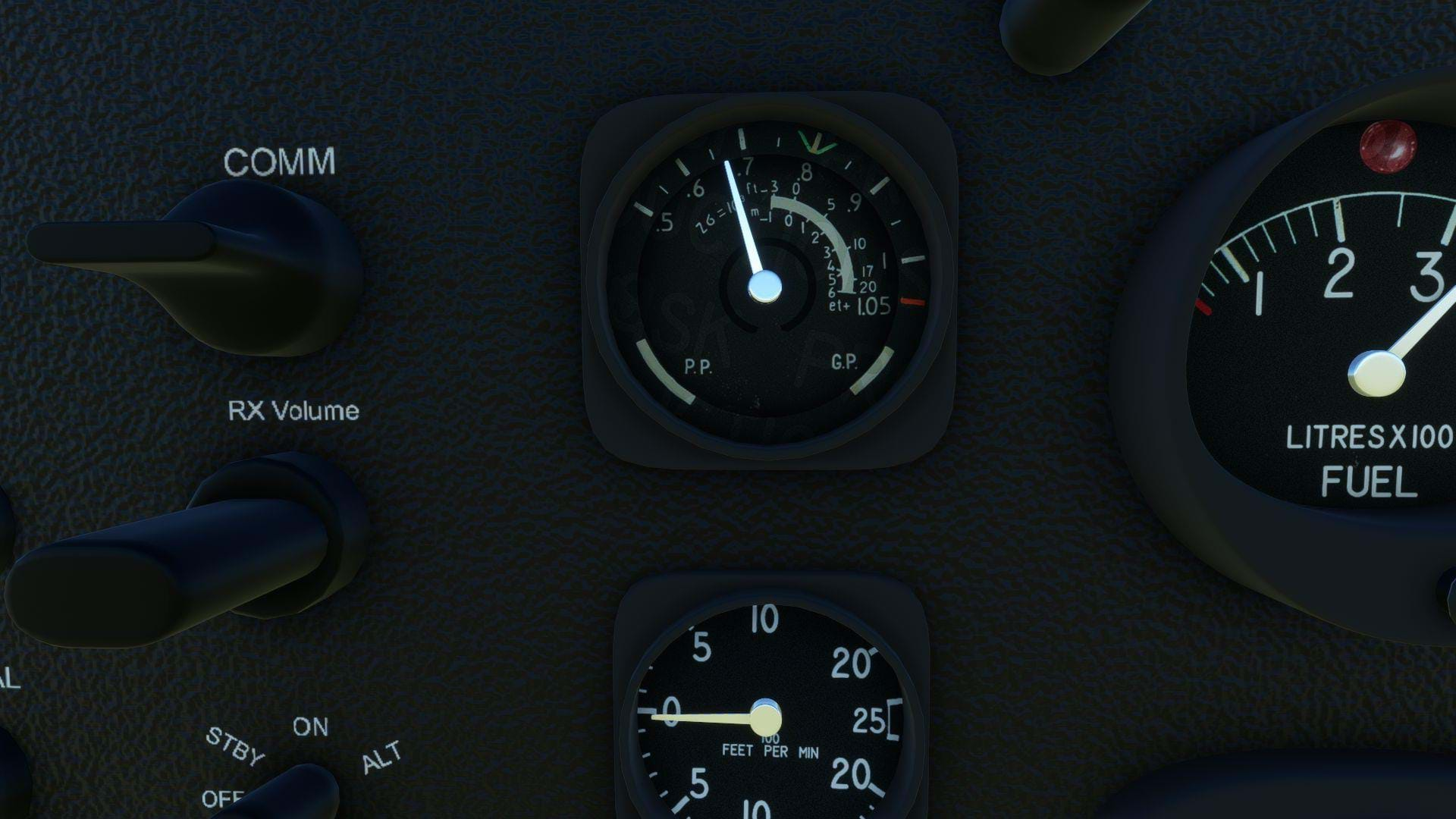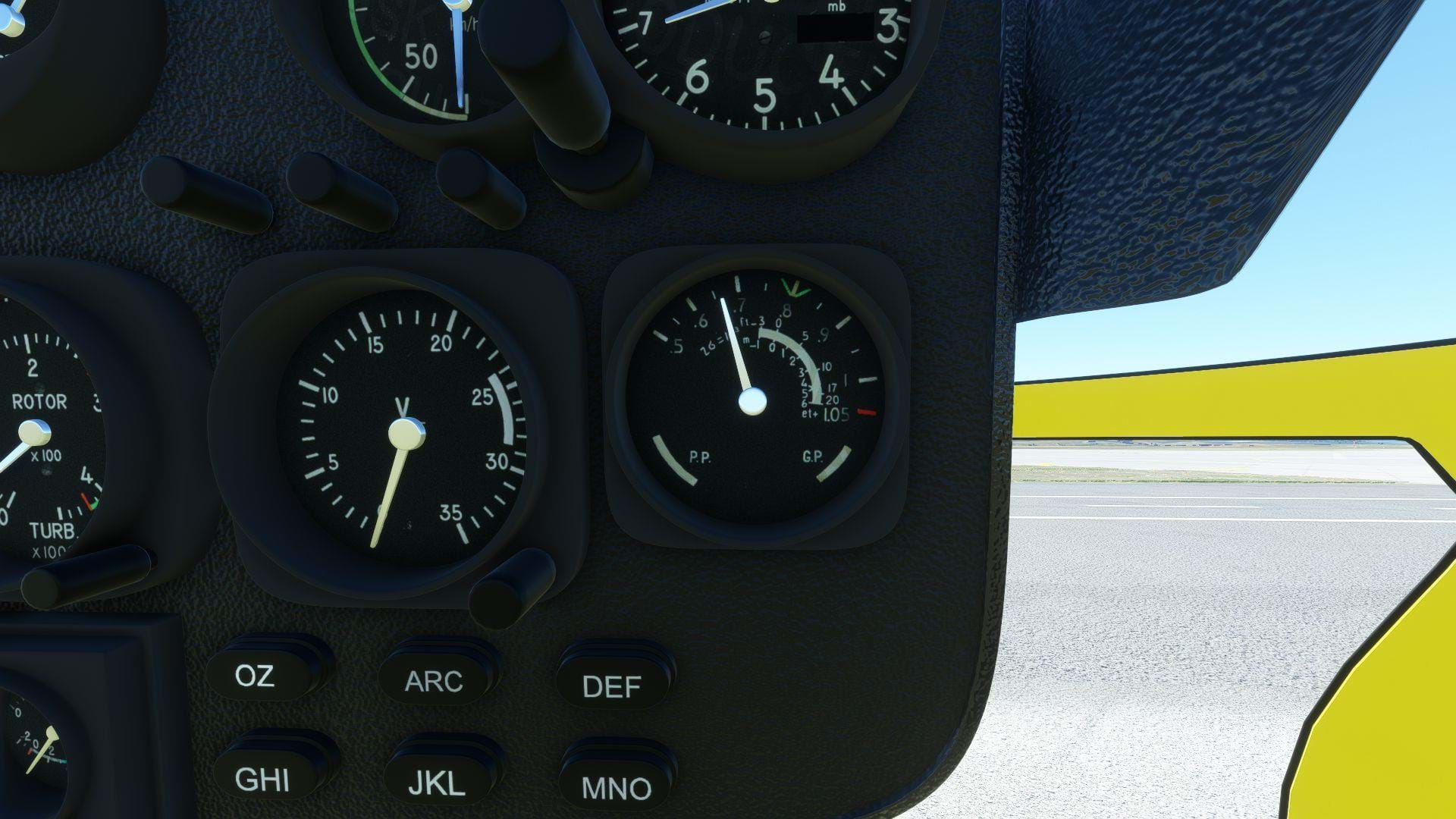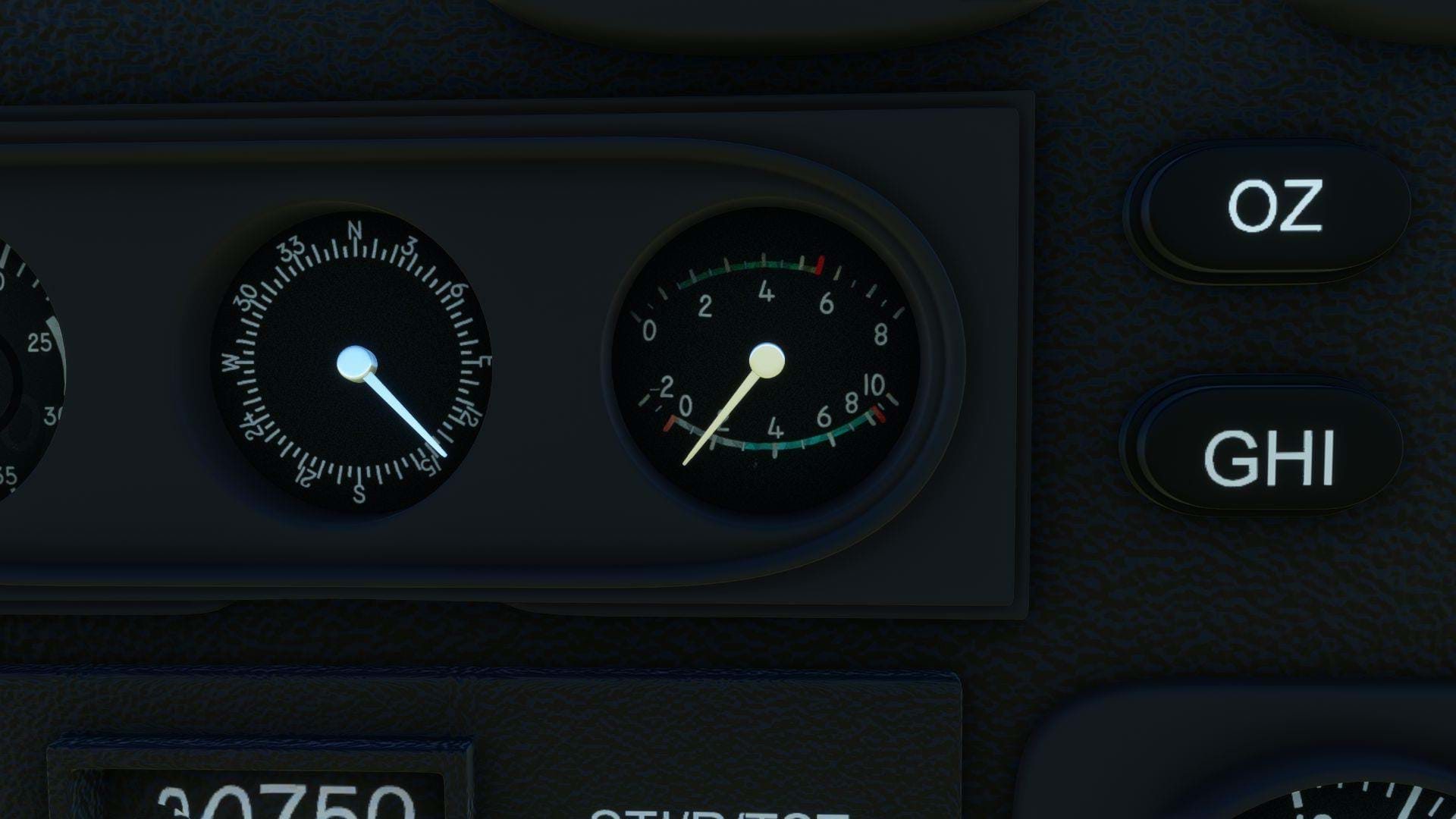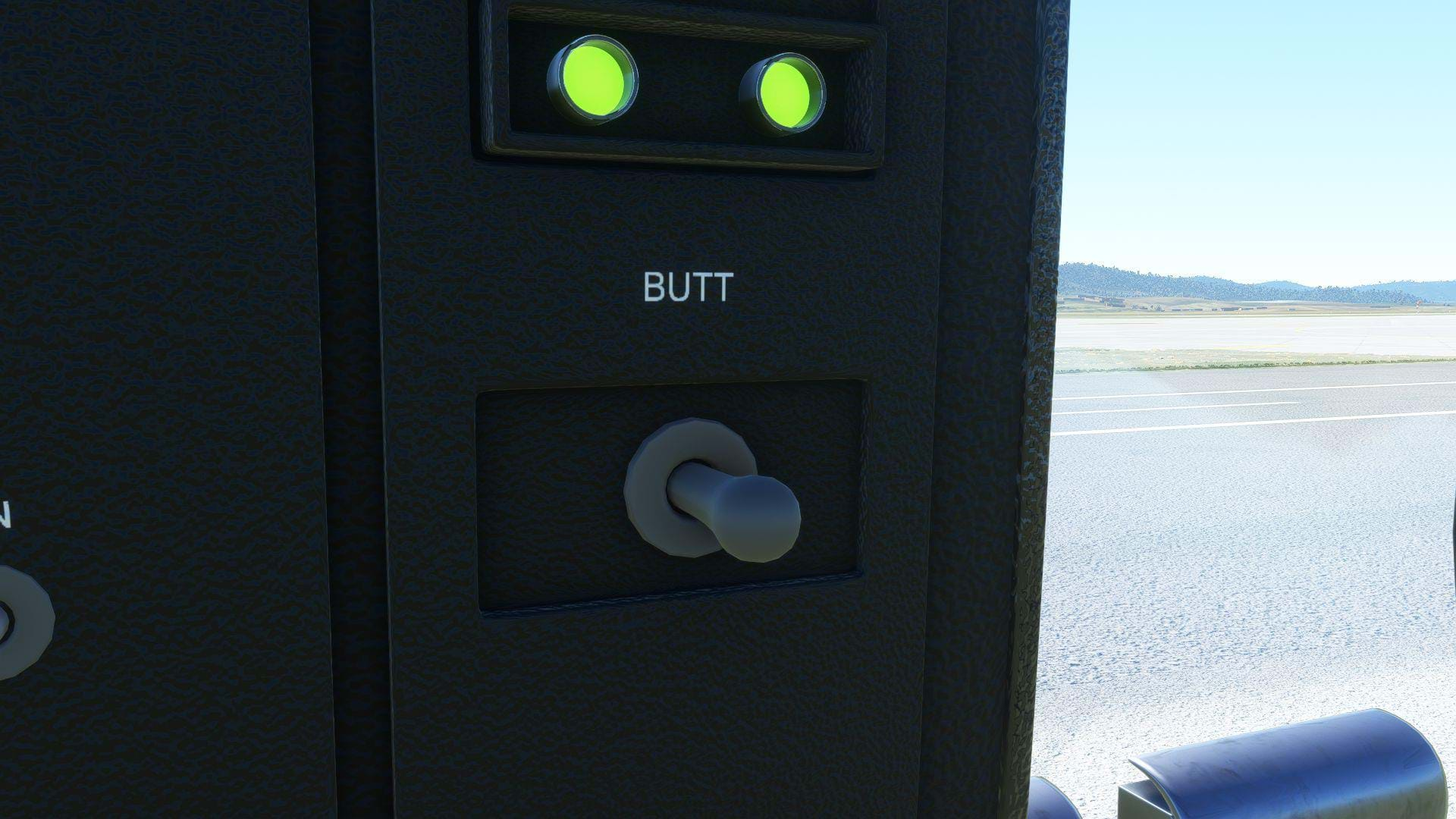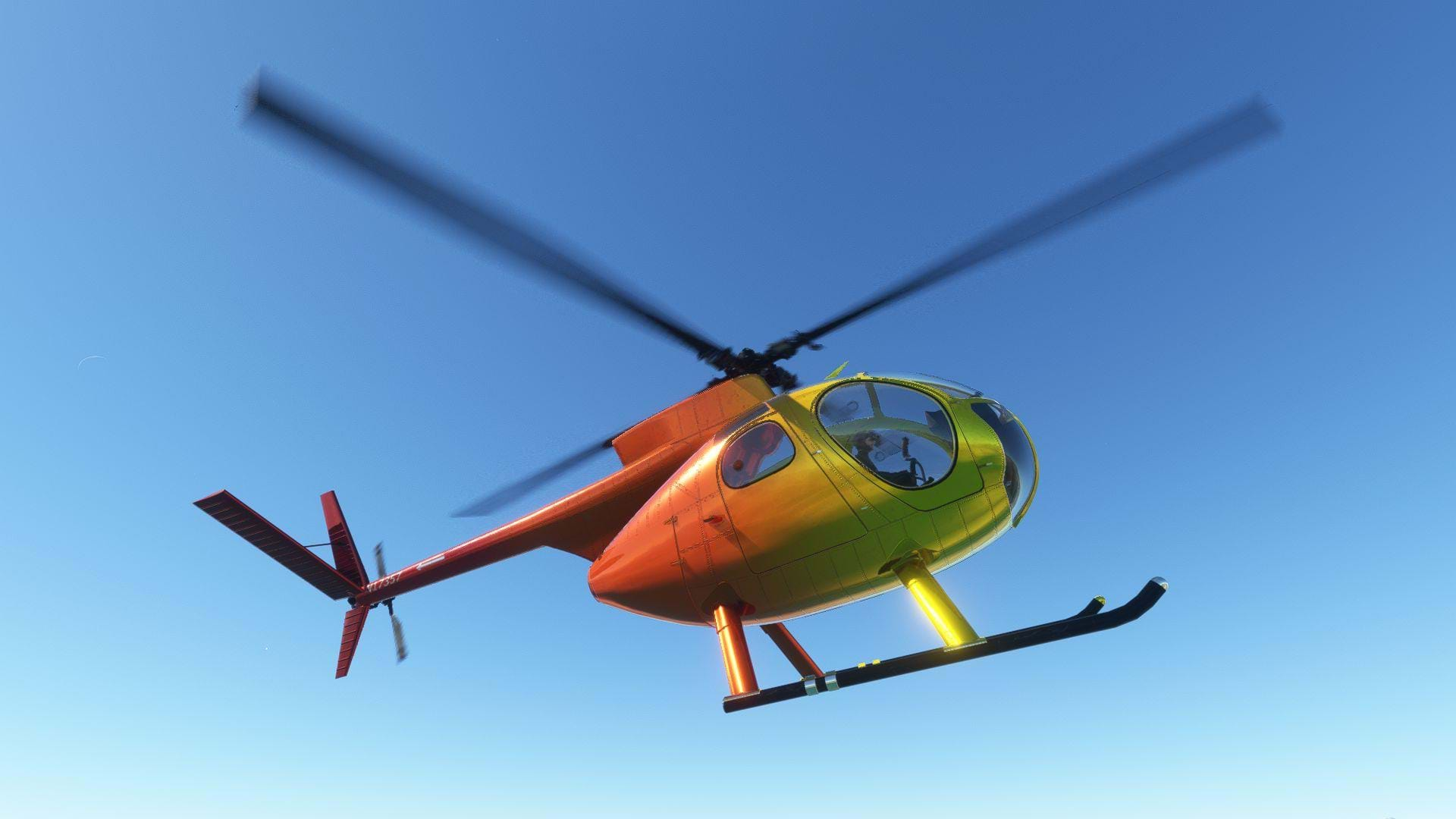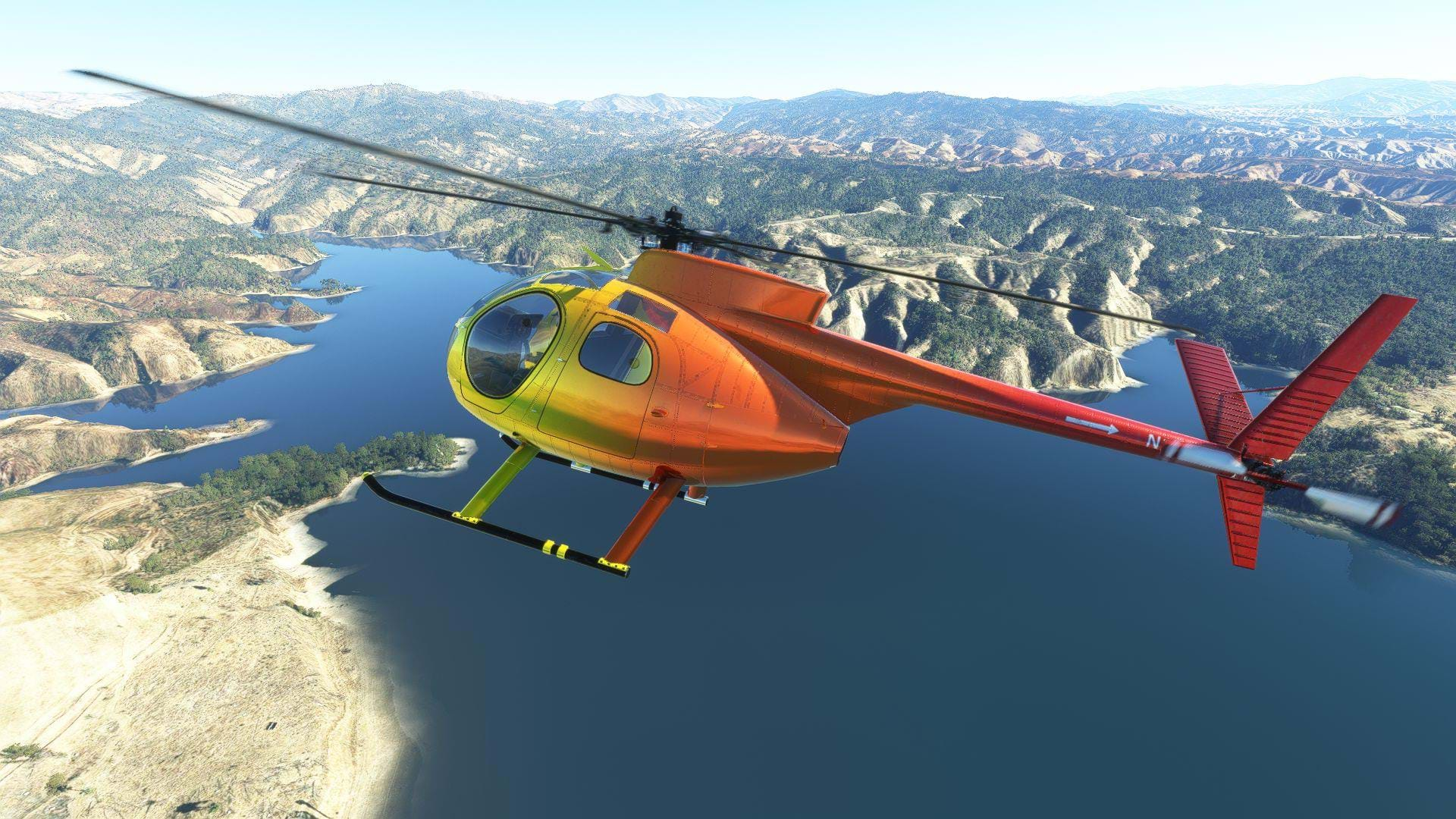The quality of flight sim add-ons varies. That’s not new, and it has been this way since the addon community began. Back in the days when all the addons were freeware, the quality varied wildly from models that seemed to be a collection of basic shapes that resembled a particular helicopter but flew like a Cessna with huge flaps, to some pretty good representations of real-world helicopters that could almost actually hover.
During the FS98 days, freeware really came of age. I myself participated in the freeware addon community, and if being honest, most of the models I released really weren’t that good! But then payware came along and a whole new sub-industry was born. And with that, a certain level of quality was expected, and periodically, a developer or development team would come along and raise the bar for what consumers would expect.
We get to review a lot of good models here at HeliSimmer.com, let’s see how this one stacks up.
Installation
Installation of this model from the marketplace within MSFS is easy, as soon as you buy it, you can download it, and the model should appear in your selection.
First Look
At first glance, the MSCENERY OH-6 doesn’t look too bad. However, once you notice one inaccuracy, they seem to start to pile up pretty quickly.
The general shape of the OH-6 is represented well, and they got the correct overall shape of the rear windows right, but the size of this model is just way too big! The pilot inside looks to be the size of a child
Speaking of the pilot, there seemed to be no effort to make the pilot figure look as if he were attempting to pilot a helicopter. Both hands are out in front of him as if he is about to drive a car. And from the looks of that mustache, it’s likely a Ford model T and he’s no doubt on his way to tie some poor woman to some train tracks.
The rivet pattern is close to what is on the actual OH-6 but not quite, and there seem to be weld lines everywhere.
The main and tail rotor isn’t really accurate at all. They have the general shape of the OH-6/500C main rotor, which is different than what you’ll find in a 500D/E or 530F, and not just because it has 4 blades instead of five.
But, when you look at the details, the general shape seems to be all this model developer was interested in. None of the details are correct. The pitch change housings appear to be bolted to the main hub in a way that would make it impossible for them to feather.
Another issue is the label on the elastomeric dampers. I’m not sure why the developer or 3D artist decided to use the logo of an industrial hydraulic manufacturer for an aircraft elastomeric damper.
The interior modeling isn’t at all representative of any OH-6 I’ve ever seen. There was really no attempt to replicate any sort of interior. And it didn’t take long to figure out that this developer has never actually seen the interior of a helicopter and was working on a lot of assumptions.
The biggest thing that stands out almost immediately about the cockpit is that even though there’s a slot for the pilot’s collective (in the OH-6, the PIC sits on the right, not the left as with the civilian Hughes/MD 500s) the collective is on the right side of the seat as if it’s been made to operate with the right hand instead of the left.
This is probably the single most egregious error in any payware model in flight simulator history. It’s a bold statement, but I stand by it. This is an error so bad it’s actually really funny!
The instrument panel is inaccurate, confusing, and in some cases just uncomfortable.
Several gauges are missing some key components, for example, the dual tachometer only has one needle. Is it the rotor RPM needle or the engine RPM needle? I have no idea. The needle does move in accordance with collective input which it shouldn’t if the governor is working properly.
There are a few instruments that I just don’t recognize, like this one marked V. What is V indicating? Velocity, maybe? Velocity of what, N1 ? N2 ? I don’t know!
It seems to be associated with engine performance, but how I couldn’t tell you. When the engine is started, the needle moves to what seems to be a predetermined position and then stays there. Whatever it is it must be important because there are two of them, but they don’t give the same indication.
Then there’s this gauge. I have no idea what this is. Torque maybe? I don’t know.
But, there it is again!
These are just large keypad buttons from a telephone from back before everything was touch screen, I have no idea what purpose they could serve in an OH-6.
I haven’t a clue what this is supposed to be. And is that an ADF or just a compass with a needle?
I don’t know what this switch does, and at this point, I’m afraid to ask.
The more you look, the less sense the instrument panel makes. I’m not sure the developer actually understands what these gauges do, but you won’t find them in an actual OH-6 represented the way they are here.
Sounds
This model uses the sounds from the Cabri G2.
Systems
This model doesn’t come with any documentation, so you’re on your own to figure out what does what, and with the way the panel is set up, experience with helicopters actually works against you!
Turns out, the BUTT switch seems to be a typo to BATT, the common abbreviation for battery (thank Goodness). This model has a rotating start switch and the bottom of the instrument panel that I’ve never seen on anything powered by a C18 or C20 engine. After turning on the battery, simply rotate the switch to “ON” and the aircraft will start right up. That’s really as far as the systems modeling goes.
Flight Dynamics
As far as I can tell, this model uses the same flight model as the default Bell 407. This isn’t all that great, but not bad. It surely doesn’t fly like anything in the OH-6/MD500 family of helicopters. It has all of the problems the 407 has but just doesn’t look as good.
Conclusion
I’m not the gatekeeper as to what that standard is. No one at HeliSimmer.com is or is pretending to be. However, sometimes a model comes along that we just can’t ignore, for good reasons, or not so good reasons. I’m generally pretty positive in my reviews, I always try to find the good in what developers create, and this model isn’t any different. But this model is different in that, finding good things was unusually difficult in this case. And with so few quality helicopters available on MSFS compared to the other platforms, someone may easily toss their money at this and instantly be disappointed.
Is this model worth US$15.00? Not in my opinion. Is it worth US$5.00? Also, no. This very well may be a genuine effort from a well-meaning developer who just doesn’t understand the type of quality that most users are used to. Or it could be someone who got a model to the marketplace as quickly and cheaply as possible in an effort to make a few bucks.
Is there a market for low-cost simulator addons? I think there is because not everyone can afford to drop $30-40 dollars every time a new model hits the scene. A low-cost option would help prevent or at least curb a little bit of the piracy that hampers development. As long as the consumer understands the quality of what their getting is reflective of the price, it shouldn’t be a problem. They don’t all have to be DreamFoil, X-Trident, or DCS-level simulations to be enjoyable to casual simmers.
Would someone out there enjoy this model? Maybe, it’s certainly possible. And I sincerely hope everyone who does purchase it enjoys it in some way. But, I didn’t feel like I got my money’s worth from it. This model would have been much more exciting in 1995, but in 2023, it falls painfully short of the competition.

